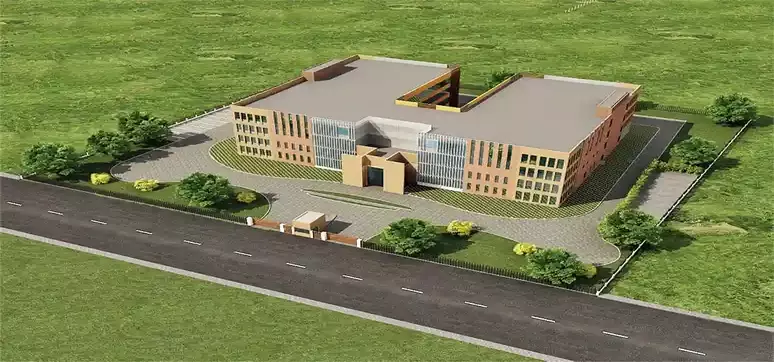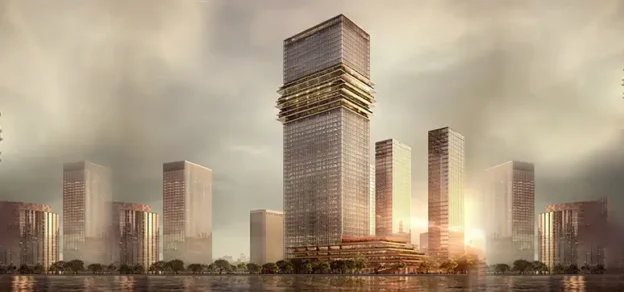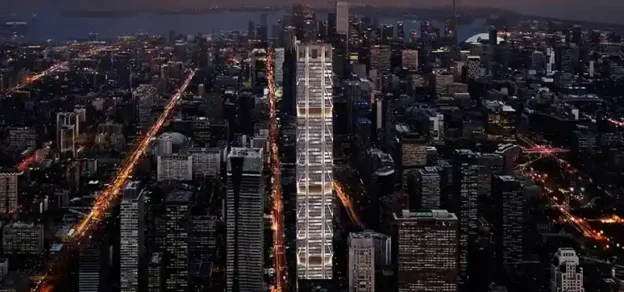Energy efficiency in a building is always a major concern for the architects all around the world. It is unfortunate that the efficiency of a building is majorly measured by the efficiency of the mechanical systems used in the building. Yes, the HVAC systems of the building consume the maximum energy, but the cooling load of the building also depends on the architectural efficiency of the building. If the building architectural efficiency is maximised, its cooling load will reduce, which will impact on the load on the mechanical system with minimum energy consumption. Therefore, both architectural and mechanical aspects are equally important to create an effective energy-efficient building.
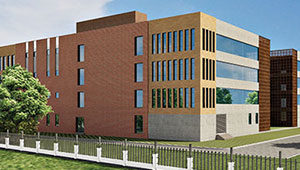
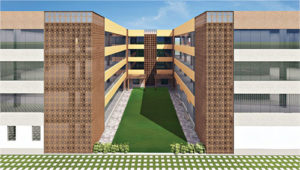
Well, it’s appropriate to say that the architects now need to be energy literate. However, yet the architects are moving forward with the same principles without considering the architectural efficiency of a building. Mostly architects follow a thumb rule of using less glass on the façade of a building where it receives maximum solar radiation. In India, incorporation of minimum windows in the south facing façade is being recommended to avoid direct sunlight. The flip side of the concept is that it dilutes the aesthetics of the building, which poses a major concern. So, architects opts for spandrel glazing (a type of glazing where there is a wall behind the glass but from outside of the building only the glass is visible), that can enhance the aesthetic value of a building, and another option is to modify the interior layout and to move the lesser occupied areas like warehouse, storage, etc. in the south side. The regularly occupied areas should be placed in the remaining sides (east, west or north) of the building to bring down the heat load of a building. By providing more windows on these three sides where the sunray is less intense, daylighting can be increased in the building which in turn can reduce the consumption of artificial lighting.
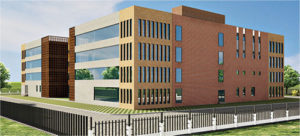
The glass of a building allows the heat to enter the building in two ways – one is through the thermal conductivity or U- value of the glass where a glass is extremely conductive of heat, and another is solar heat gain coefficient (SHGC). The lesser the U- value and SHGC, the more efficient the glass is. There are a lot of glasses available, but usually architects go with these two glasses: single glazed and double glazed glasses. Out of the two, double glazed glass is more effective as it has lesser U-value and SHGC.
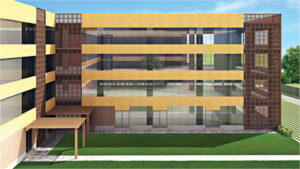
One more term is VLT (Visual Light Transmittance), however VLT does not have to do anything with the heat load but the daylight in a building depends on the VLT of the glass. The higher the VLT value, more is the daylight. But as the SHGC reduces the VLT also reduces, as a result it is always a difficult task to find an appropriate glass. Therefore, architects should go for energy and daylight simulation studies.
Pinnacle Infotech Solutions
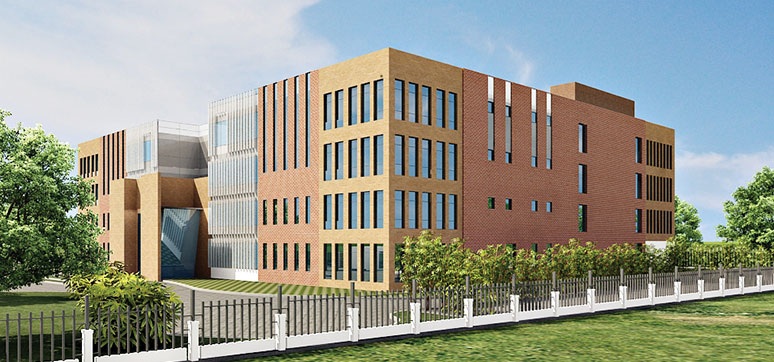
The case study is based on the various numbers of iterations those have been done to find the appropriate type of glass for the building.
Pinnacle Infotech Solutions, Jaipur, a newly built office building, is registered for LEED certification. As a green building consultant, we did the energy simulation and this was done to determine the appropriate glass selection for the building. A basic aspect was to have the DGU (Double Glazed Unit) glasses on all the façade of the building, as DGU are the most efficient but are they feasible? Let’s talk!
One cannot recommend the same without calculating the return of investment as double-glazed glasses are always expensive due to their efficient properties.
The energy simulation was done on the software e-Quest. The simulation team did four iterations, one was by considering all the facades with DGU, another was by considering DGU glass only on the south façade and SGU glass for the rest of the façade, the third option was to have single glazed glass on all the facades, and last was to have single glazed glass only on the north façade (as north side faces minimum heat load) & DGU glass for the rest of the façade of the building.
“Saint Gobain” glasses were considered for the simulation; Refer to the table with glass details:
The best results were on considering DGU on the south side and SGU on the rest of the sides (North, East & West). The energy consumption for this case was 1530.9*1000 kWh.
Whereas the energy consumption on considering DGU glass on all the facades was 1515*1000 kWh.
It showed us that the building would consume around 1, 50,000 kWh energy more in our case.
Let us have the cost analysis now, on considering DGU glass on all the facades the cost was around Rs. 5029505
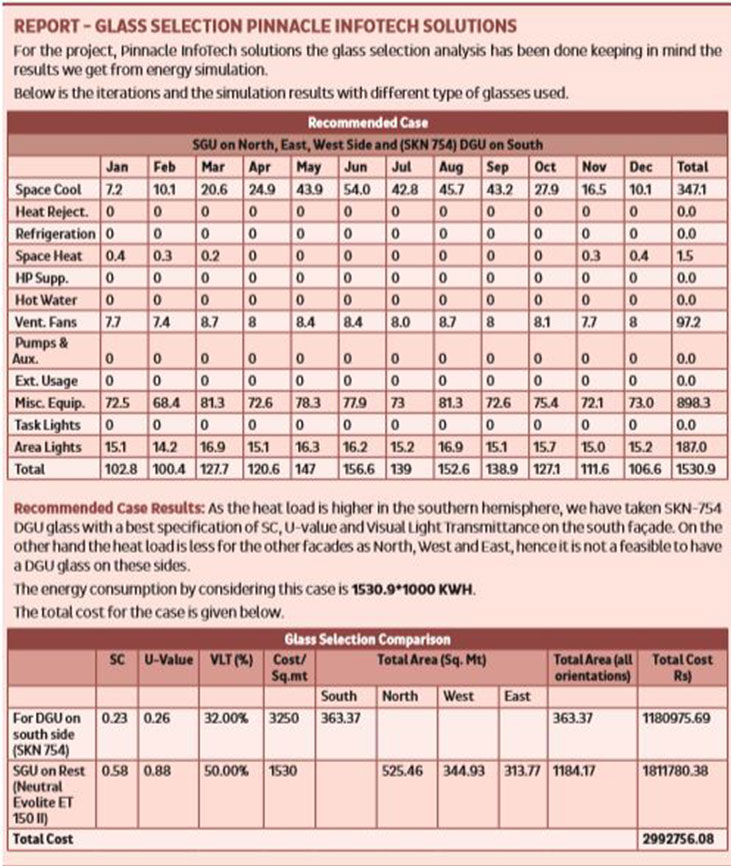
The total cost for the glasses in the recommended case of DGU on the south side and SGU on the rest of the sides (North, East & West) was Rs. 2992756
The above results showed us that on considering DGU on all the facades, the project cost would increase by around 20 lakh rupees, but the energy savings was only 15000 kWh/year that is only 15000*10 `= 150,000 `/ year.
It showed us that the return of investment would be more than 13 years.
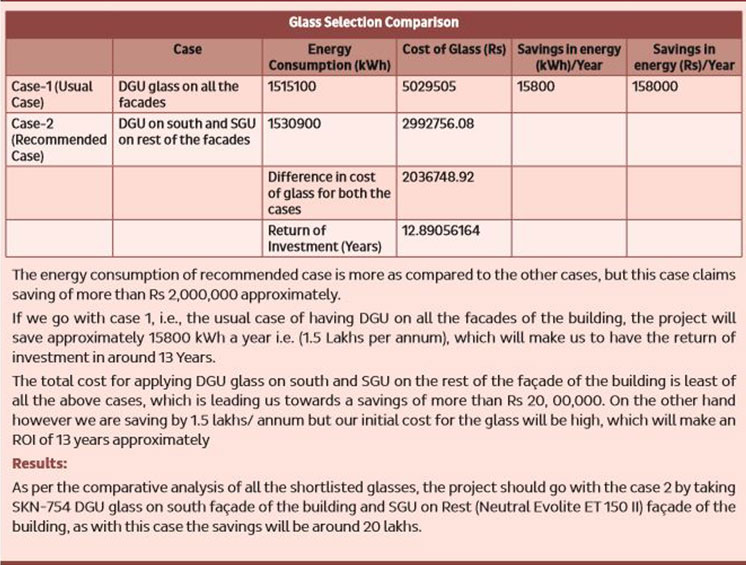
So, the appropriate selection was DGU on south facade and SGU glass on the rest of the facades – East, West and North of the building. It was more feasible as it was helping the project to save more than 20 lakh rupees. If the project building would have taken DGU on all the sides, the investment would have been 20 lakhs more on glasses which will make the project to have an ROI of more than 13 years, which was not feasible.
A healthy discussion among the architect, green building consultant and the owner lead the project with a very efficient façade design, which considers the above recommendation in a modified way. Now the project team has considered SGU glass on the north facade & DGU glass on the south facade. Whereas, for the east & west facade, DGU glass has been considered in the regularly occupied areas and SGU glass in the non-regularly occupied areas.
QUICK FACTS
Project: Pinnacle Infotech Solutions
Location: Jaipur, Rajasthan
Architect: C.R. Narayana Rao (Consultants) Private
Limited
Green Building Consultant: Design2Occupancy
Services LLP
Landscape Consultants: Insape Design Studio
Materials used for Facade & Fenestration: 50 mm
XPS insulation in the roof & roof U- value is 0.383
w/Sq. m.K
Commencement Date: June 2016
Completion Date: September 2017 (solar rooftop is
in progress)
Certification: The building documentation for LEED
is under progress thereby yet pending.
